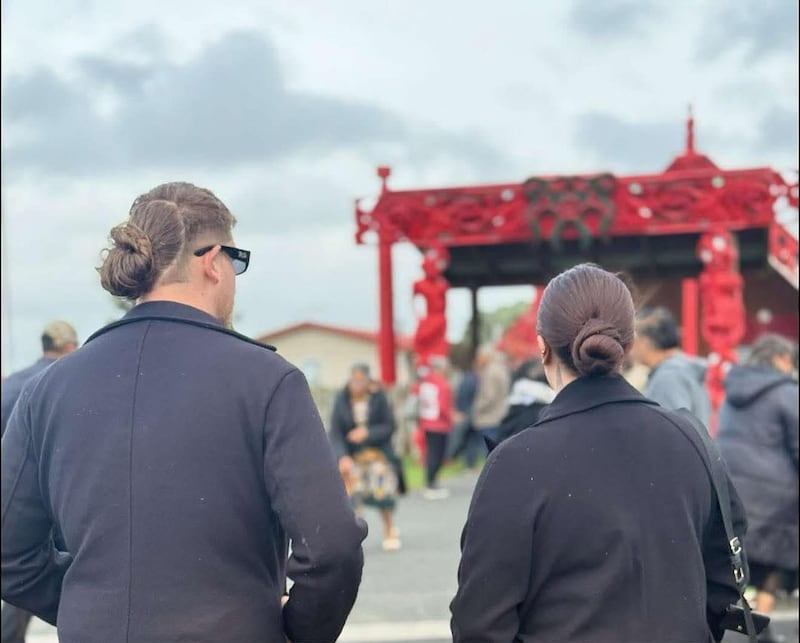Iwi Māori Partnership Board (IMPB) for Auckland, Ngaa Pou Hauora o Taamaki, has released its Community Health Plan for the region, and given its position in Rangitāmiro, the new Whānau Ora commissioning agency for the upper North Island, it has considerable weight to solve the crisis of health inequities for Māori.
Ngaa Pou Hauora o Taamaki CE, Simon Royal, says the new model will be ready to roll out in July, and is designed to not only meet, but exceed, the expectations of whānau.
“Whānau should feel confident that Whānau Ora 2.0 will be in place on the 1st of July and it will deliver what whānau expect — and will, in time, deliver more,” says chairman Simon Royal.
As an Iwi Māori Partnership Board (IMPB) under the Pae Ora legislation, Ngaa Pou Hauora represents the voices of whānau across the region.
“This is a missing part of the health system that’s been missing since forever — and it is probably the most important ingredient to shifting health outcomes for whānau,” Royal says.
The Community Health Plan — a regional strategy shaped by whānau voices, focused on improving Māori health in Tāmaki Makaurau, is whānau-led and patient-focused.
“The voice of Maori health consumers has not been heard [at] all and in in past years,” he adds.
“In my view, this is democracy in action. This is how we should be running health systems.”

Ngā āputa i te rāngai hauora
Hei tā Royal, he kaupapa nui hoki tēnei mā te iwi Māori, nā te kino o ngā āputa i te rāngai hauora.
“Everyone knows the deficits that exist with our people. [We] suffer from higher rates of comorbidities, cardiovascular disease, rheumatic fever, diabetes.”
“One in five Māori living with inside our takiwā are not currently enrolled in any primary healthcare service, and that’s a major issue.”
Hei tāna anō, he roa tonu te ara kei mua i te rāngai hauora, kia pai ai te tohatoha i ngā rauemi ki te iwi Māori.
“It’s just the system - the way it is designed fails to actively engage our people in the right way. Some of the things are around transport [and] cultural deficits that exist within providers who are not providing services that our people want to attend, all of those things need to be corrected.”
Whānau Ora commissioning agency is currently in the High Court, claiming the Te Puni Kōkiri process for new commissioning agencies is flawed.
“We’re watching to see what happens, but we’re not involved in that,” Royal says.
“Our involvement today has really just been to provide confidence [to] TPK that, as an organisation, these organisations are fully capable of driving a very [new] hybrid model of Whanau Ora commissioning 2.0.”
He whakaea i ngā wawata a rātau mā
Royal has reiterated his belief that they would be able to fulfill the duties of Whānau Ora.
“We have a great strategy and we have great people and we’ve connected to whanau, this every Māori partnership board is whānau.”
He is also hopeful that they will fulfill the plans set out by the late Kahurangi Tariana Turia.
“I know she had great aspirations for [Whānau Ora] as a policy to bring all Māori together.”


